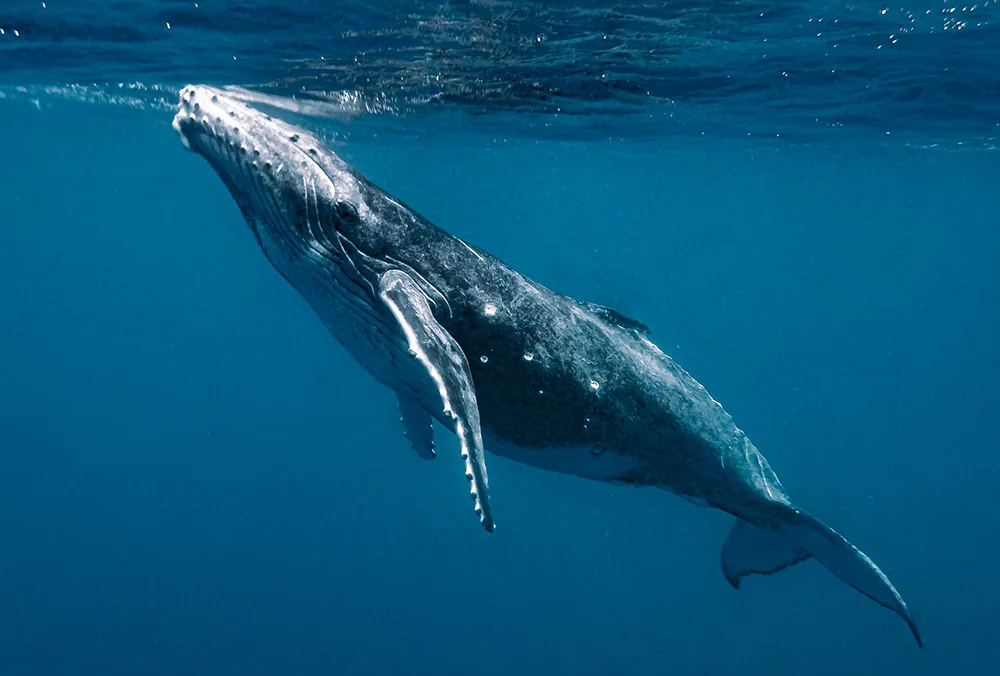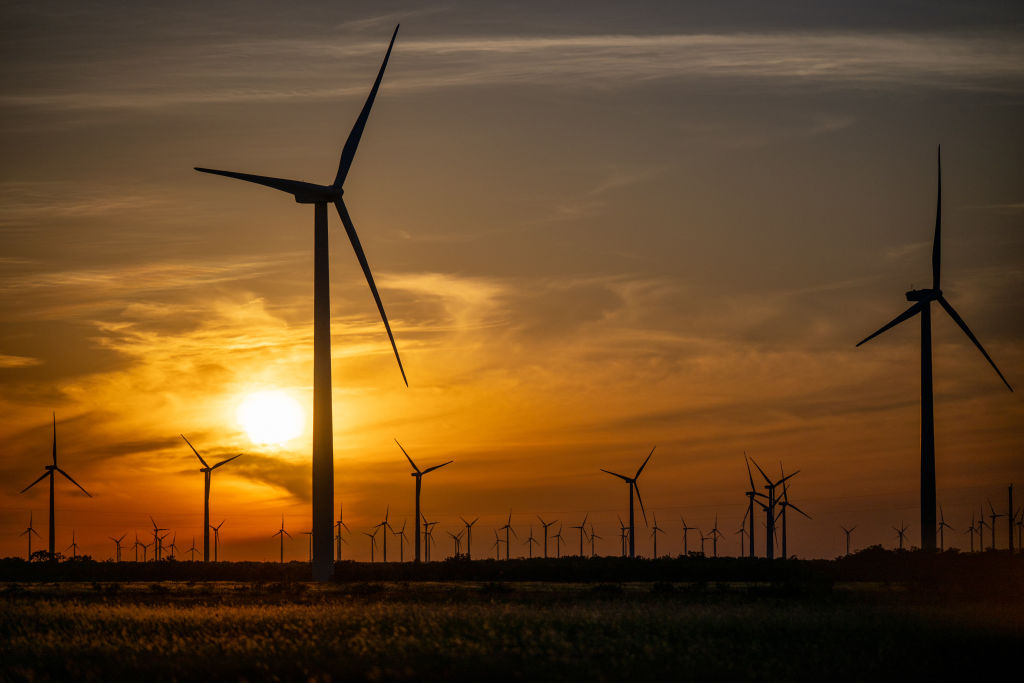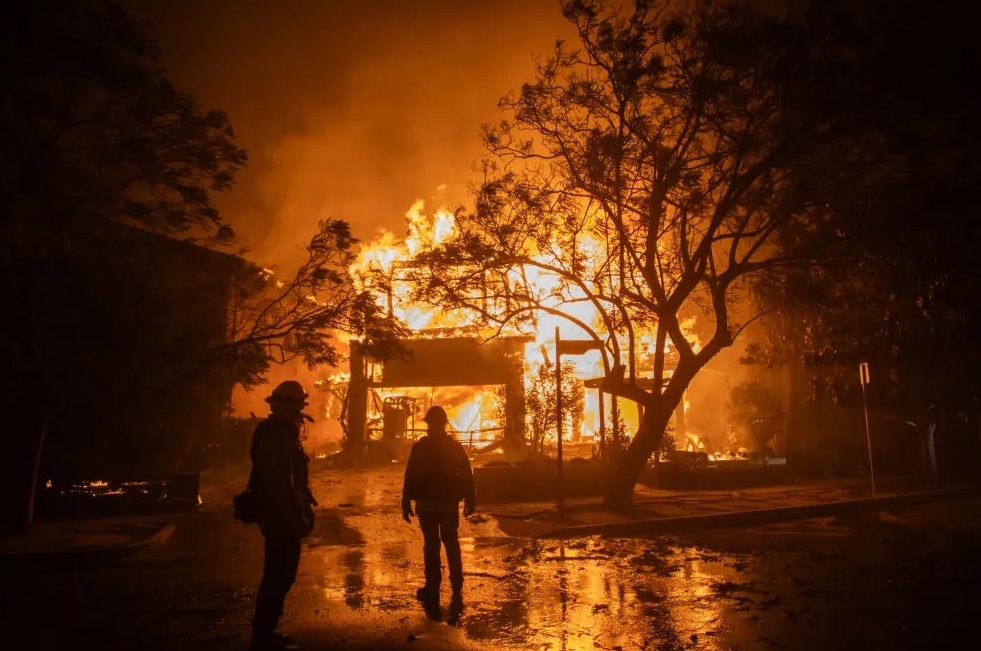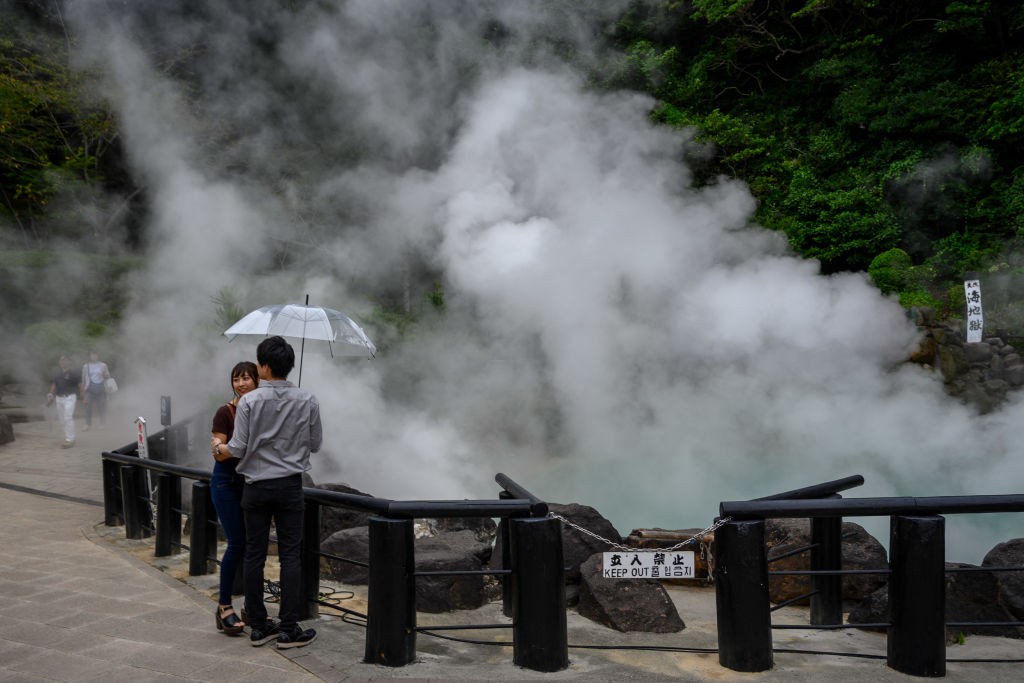Who cares about whales? Whales might be dying because of sonar surveying, but Greenpeace simply ignores the science that doesn’t suit it.
So far last year, seventy-one whales have washed up dead on the shores of New England and neighboring states. The rate seems to have risen in recent years along with a growth in the number of offshore wind turbines. A small group of concerned citizens have started to campaign against the turbines on behalf of the whales, and the journalist Michael Shellenberger has made a short film about their efforts called Thrown to the Wind.
The evidence gathered by the scientists in the film is far from conclusive: it’s a correlation that could be a coincidence. But it’s not a mad idea that wind farms threaten whales. For a start, the industry has meant increased traffic in the areas where the whales feed, which could well have led to more collisions between whale and ship.
More worryingly, the sonar surveying that precedes wind-farm deployment — to map the seabed and its geology — creates a loud, continuous banging noise that could be disorienting or stressful for the whales. Shellenberger’s documentary shows scientists apparently recording far higher noise levels from the survey ships, and at greater distances, than are permitted by the authorities.
Moreover, when it comes to investigating what killed each whale, the US government relies on a nonprofit organization called the Atlantic Marine Conservation Society. This, the film reveals, has several board members connected to the wind industry — and to the wind developer Equinor in particular.
You or I might take the view that we should wait and see if better evidence emerges that wind turbines are killing whales. But the big environmental pressure groups like Greenpeace — which in its early years, remember, ran a Save the Whales campaign — don’t believe in waiting for evidence. They revere the “precautionary principle,” the whole point of which is that industries should be assumed to be guilty until proved innocent. Lack of definitive evidence must never be used to excuse a potentially devastating environmental vandal.
So has Greenpeace enthusiastically joined the campaign against offshore wind farms, demanding a precautionary pause till we can be sure they’re not killing the whales? Er, no. Quite the reverse. When somebody tweeted about the issue this week, Greenpeace was quick to dismiss it, sounding like the most shameless corporate toady and directing readers to a statement on its website: “In response to a tragic spate of whale deaths along the East Coast, anti-science media such as Fox News, long beholden to fossil fuel corporations, has amplified the baseless claims made — with no supporting evidence — by a small group of local mayors that offshore wind farming is somehow to blame.”
“No supporting evidence” — a phrase you never heard Greenpeace use about genetically modified crops in its long campaign against them. The organization, you see, long ago stopped caring much about conservation and became obsessed (when not managing its nine-figure annual budgets) with carbon dioxide. This brought it great riches in grants and made it a crony of the big companies it used to rail against, in this case Big Wind. Thus does the world turn.
In recent years whale numbers have boomed, thanks to protection from whaling. Humpbacks now gather in pods hundreds strong and in many areas are back to population levels last seen before whaling began. So a few deaths may not matter that much, or may just be an inevitable by-product of a larger population. Perhaps that’s Greenpeace’s view.
But the same is not true of North Atlantic right whales, once probably the most common species in that ocean. The number of these great, dark, slow sea-buffalos has fallen to dangerously low levels. There are fewer than 340 left, and falling. It’s therefore neglectful of the US government — let alone Greenpeace — to be so blasé about the possibility, however remote, of the wind industry killing or even disturbing them.
In any case, it is not just whales that wind turbines kill. The slaughtering by their spinning blades of bats and eagles and other birds of prey on land, and of gannets and divers at sea, is well documented. Satellite-tagged eagles in southern Scotland now avoid places with wind farms, denying themselves large areas of hills. Yet there is barely a peep from Big Green about this.
The irritation that Greenpeace exudes in its comments on the whale issue suggests that it is not enjoying being hoist by its own precautionary petard.
This article was originally published in The Spectator’s UK magazine. Subscribe to the World edition here.

























